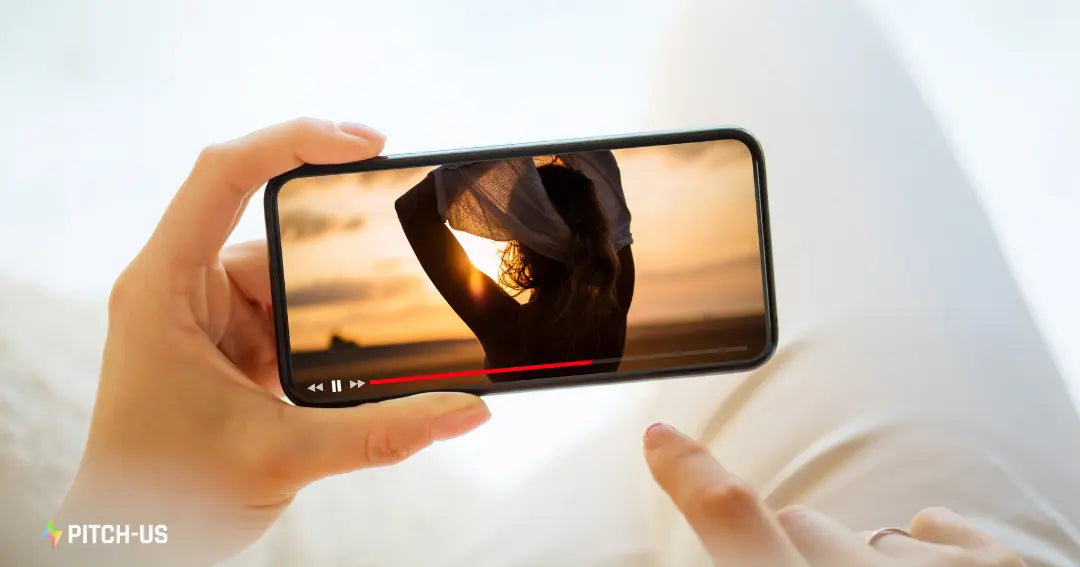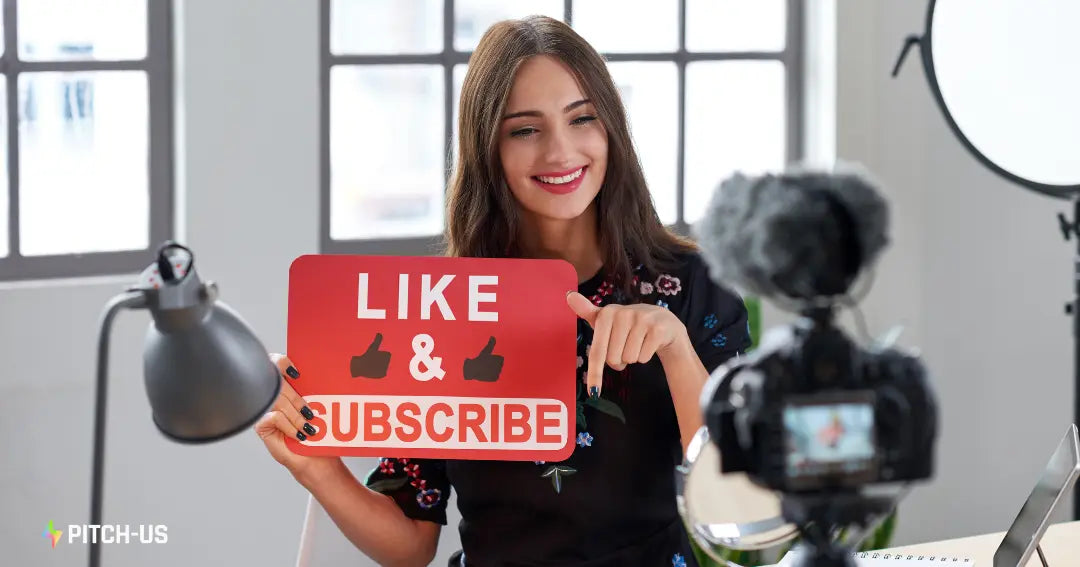Let’s be honest: launching a YouTube ad as a musician sounds easy.
Upload video. Add budget. Hit go.
But within a week, many artists feel frustrated, confused, and—worst of all—convinced YouTube ads “just don’t work.”
So they give up.
Meanwhile, other artists are blowing up on the very same platform.
Why the gap?
Because YouTube ads have a learning curve that most musicians don’t see coming. And without a system behind the scenes, results don’t just magically show up.
Let’s pull back the curtain. We’ll show you:
Why so many artists quit early
What goes wrong (and fast)
How we run campaigns that actually deliver
YouTube Ads: The First-Week Frustration Is Real
Most DIY musicians approach YouTube ads like a boost post on Instagram. But the platform doesn’t work that way.
Here’s what usually happens:
They pick a video that hasn’t been tested.
They set a daily budget with no targeting strategy.
They choose the default settings (because the dashboard is intimidating).
They get a few hundred views—and no comments, subs, or Spotify clicks.
They panic and shut it down.
Sound familiar?
That first week is often when artists need the most support—but they’re usually going it alone.
The Real Problems Start Under the Hood
YouTube ads are powerful, but they’re also layered.
Here’s what throws people off:
A. Analytics Overload
You get access to:
View rate
Cost per view (CPV)
Audience retention
Click-through rate (CTR)
Geographic breakdowns
Device performance
...and unless you know what to look for, it’s too much noise.
B. Creative Fatigue
You thought your music video would perform well. But now you realize:
The intro takes too long
There's no immediate hook
It looks great, but doesn’t convert
So now you’re stuck, wondering if the issue is the video, the audience, or the platform.
C. No Conversion Funnel
Even if someone watches your ad, then what?
Are you tracking how many visit your Spotify?
Are you retargeting past viewers?
Are you capturing any emails or subscribers?
Most artists don’t even know these steps exist, let alone how to set them up.

YouTube Ads Need a System (Not a Shortcut)
The artists who succeed treat YouTube ads as a growth engine , not a one-and-done move.
And that’s where a professional strategy changes everything.
Here’s how we do things differently:
Phase One: Targeted Discovery (Not Random Views)
We don’t just pick "music fans" as a target.
We layer in:
Interest categories (specific to your genre)
Device types (TV viewers vs. mobile vs. desktop)
Geographic zones (to stretch your budget or match tour dates)
Custom affinity audiences (like fans of similar artists)
Exclusion lists (to block low-performing placements)
This targeting isn’t guesswork—it’s based on historical campaign data.
Phase Two: Creative That Grabs & Converts
We’ll be honest: not every music video is ad-ready.
That’s why we:
Edit 15s, 30s, and 60s versions optimized for ads
Front-load hooks to capture attention in under 5 seconds
Add subtle CTAs like “Listen on Spotify” or “Subscribe for more”
Sometimes it’s not about redoing your video—it’s about reformatting it for the ad context.
Phase Three: Smart Testing and Budget Scaling
Most musicians either:
Burn through their budget too fast
Spread it too thin across too many countries
We start small and test fast, focusing on:
View rate and retention
Engagement signals (likes, comments, subs)
Cost per conversion (Spotify click, email signup, etc.)
Then we double down on what works.
Instead of $500 on one video, we might split that into:
$150 on U.S. targeting with a 15s cut
$100 on Latin America for cheap traffic and testing
$100 on retargeting past viewers
$150 for Spotify conversion tracking
That’s how you turn a single campaign into a system that learns and improves .
Phase Four: Full Funnel Tracking
If all you’re tracking is view count, you’re missing the point.
We build full funnel systems:
YouTube views → Spotify clicks → Stream growth
YouTube engagement → Retargeted ads → Sub growth
Video ads → Link-in-bio clicks → Email list signups
And we track everything :
With UTM links
Google Analytics
YouTube Studio
Third-party reporting tools
This gives artists real clarity: not just “views,” but actual fans gained.
Retargeting: Your Secret Sauce
Most DIY musicians don’t even know this exists.
YouTube lets you build audience segments from:
Viewers who watched 30s+ of your video
Subscribers
People who clicked links
Website visitors (if you connect a pixel)
We use this data to run smarter follow-up ads:
Promote your new single to past viewers
Invite engaged users to subscribe or follow
Drive more Spotify streams from warm leads
This is how your ad budget goes further over time .
Scaling Into a Machine
Once the system is humming, we ramp up:
Expand geo-targeting to include Europe, SEA, Latin America
Run split-tests on thumbnails and video intros
Launch multi-ad campaigns with different goals (views, clicks, conversions)
It stops being about one video and becomes a machine for visibility, discovery, and growth.
Why This Matters Right Now
YouTube is still one of the best platforms for music discovery.
It’s where fans visually connect with your brand
Labels monitor it for buzz
It feeds Spotify growth when done right
But the window is tightening. Costs are rising. Competition is increasing.
DIY doesn’t cut it anymore—not because you’re not smart enough, but because you don’t have time to:
Analyze 15 metrics per ad set
Edit ad cuts for 4 formats
Tweak daily bids across 6 geos
We do. Every day.
And we’re here to help.
Final Thoughts: You Don’t Need to Be an Ad Expert—You Just Need One on Your Side
If you’ve tried YouTube ads and felt:
Confused by the dashboard
Disappointed by results
Burned out by the process
You’re not alone. And you’re not wrong.
The good news? There’s a better way.
We’ve helped artists turn broken ad attempts into breakout moments. Not by luck—but by system, skill, and experience.
Let’s take the frustration off your plate—and finally make YouTube ads work for you.
Let’s build your fanbase the smart way. Ready when you are.





Laisser un commentaire
Ce site est protégé par hCaptcha, et la Politique de confidentialité et les Conditions de service de hCaptcha s’appliquent.